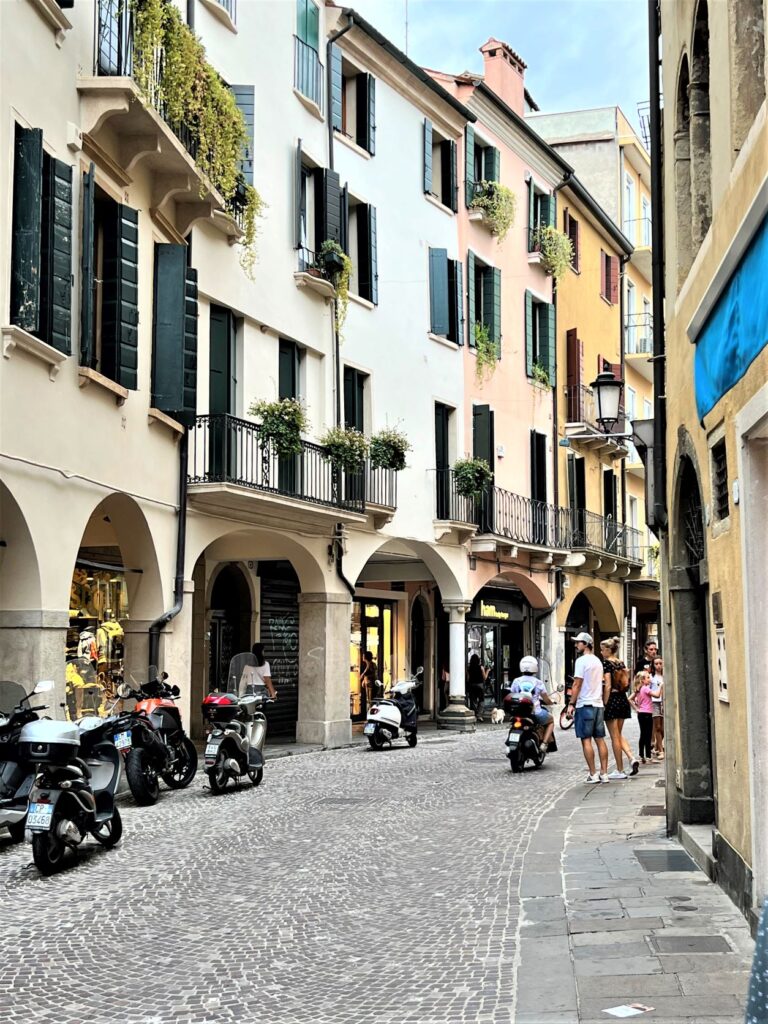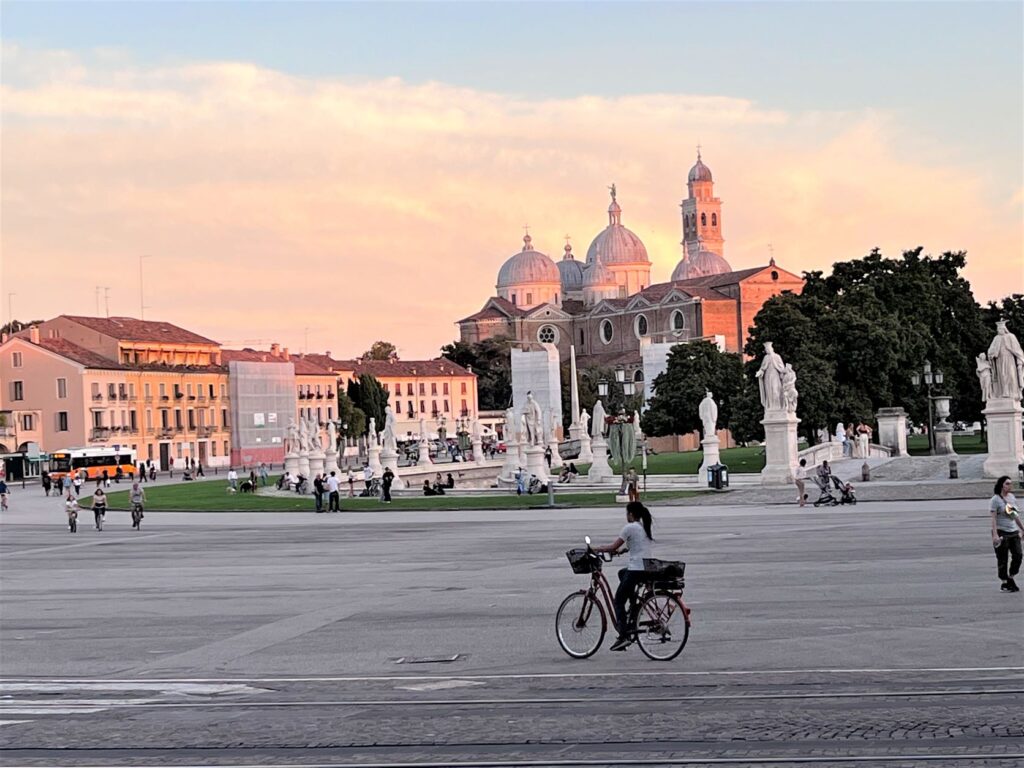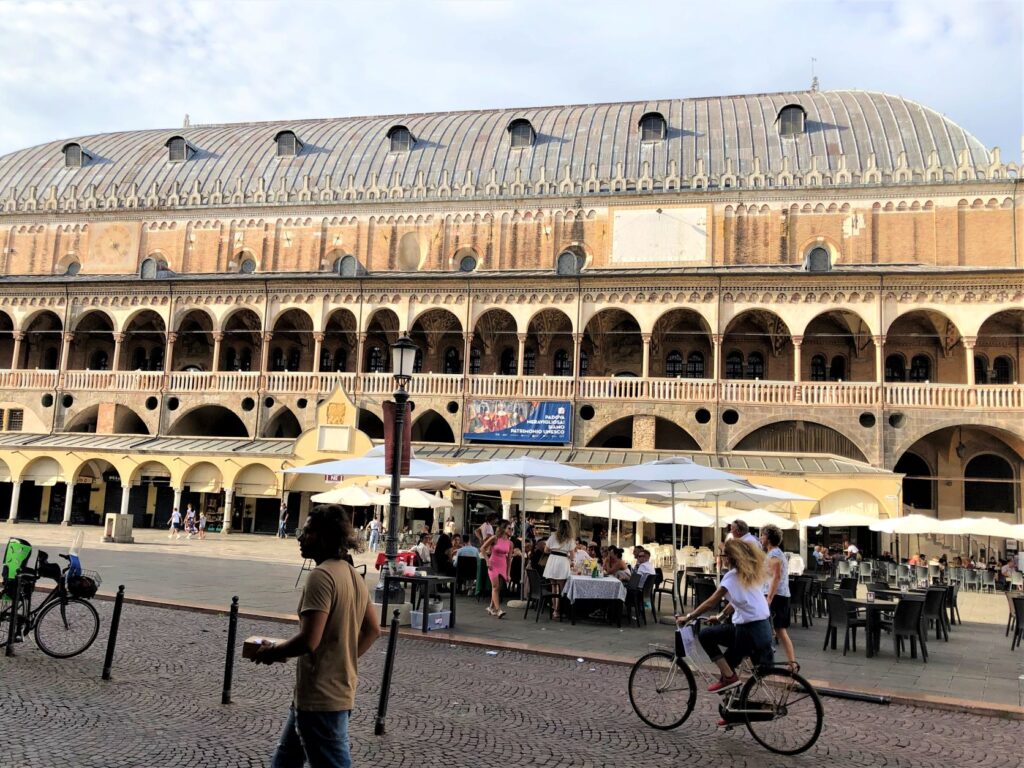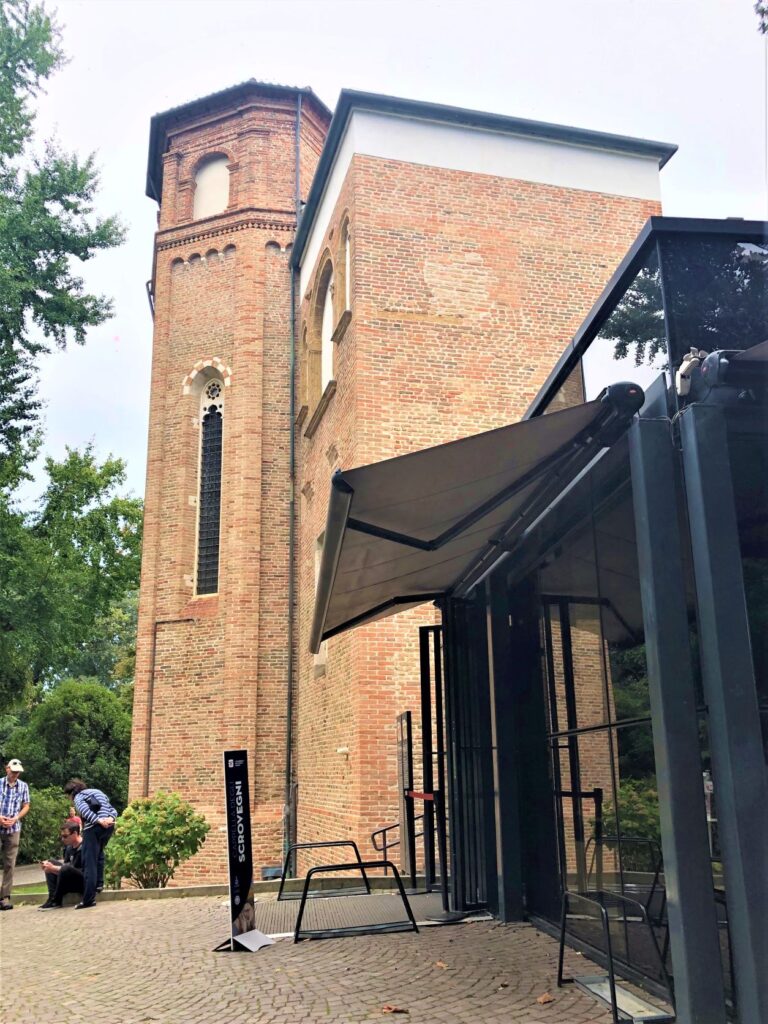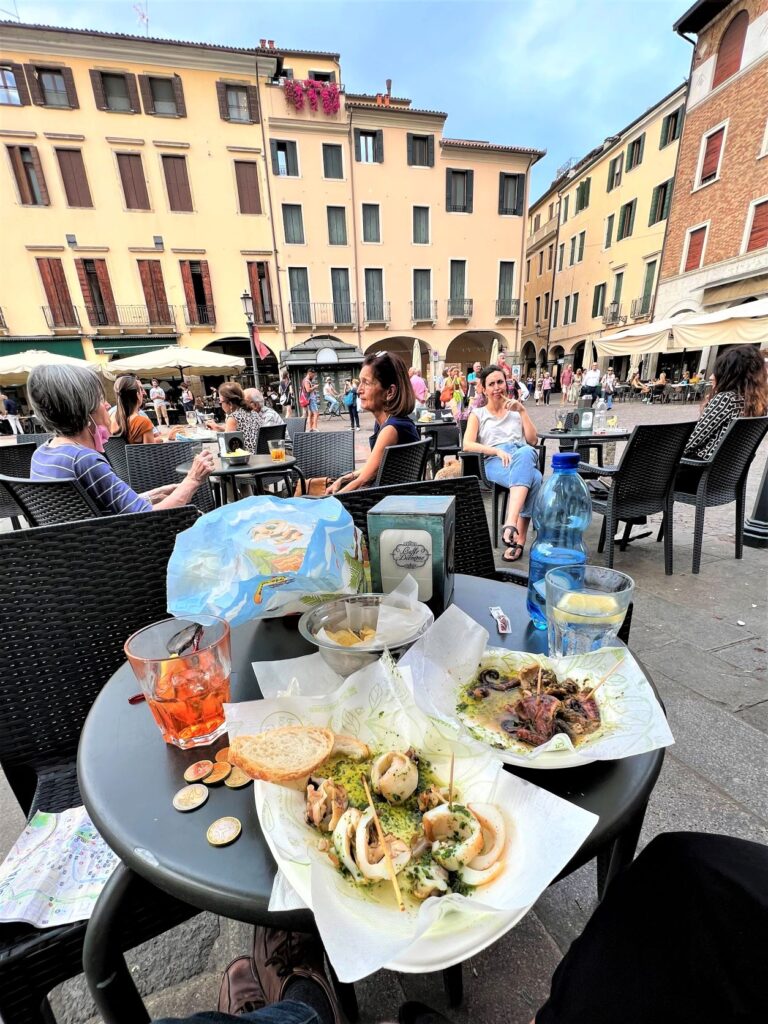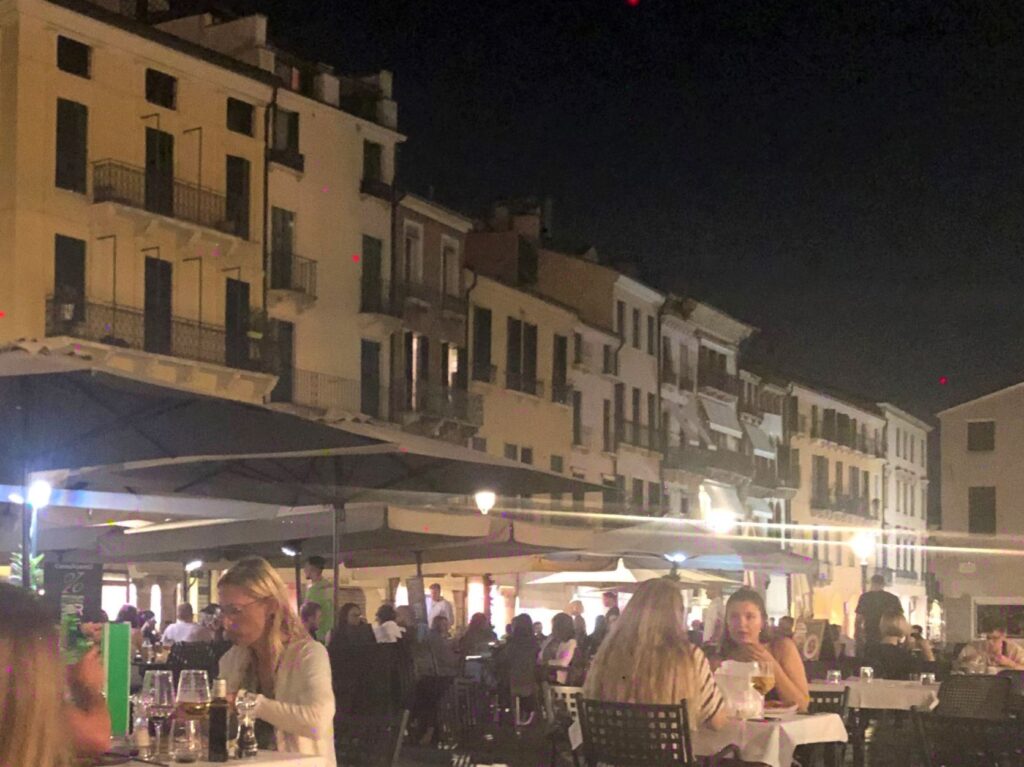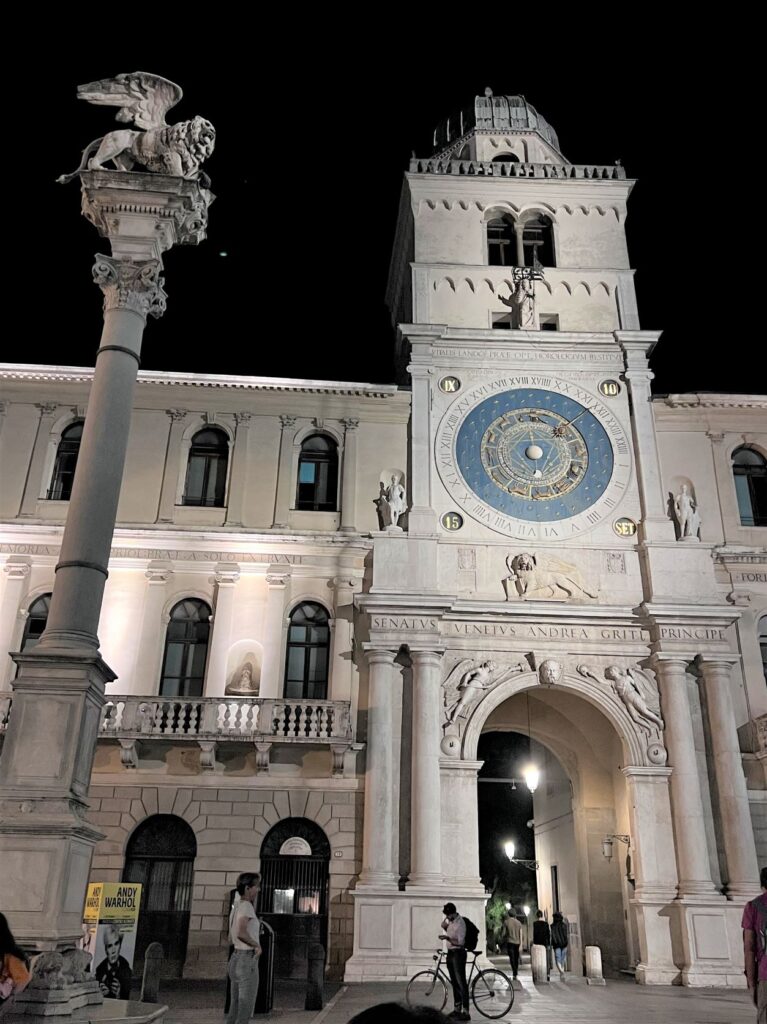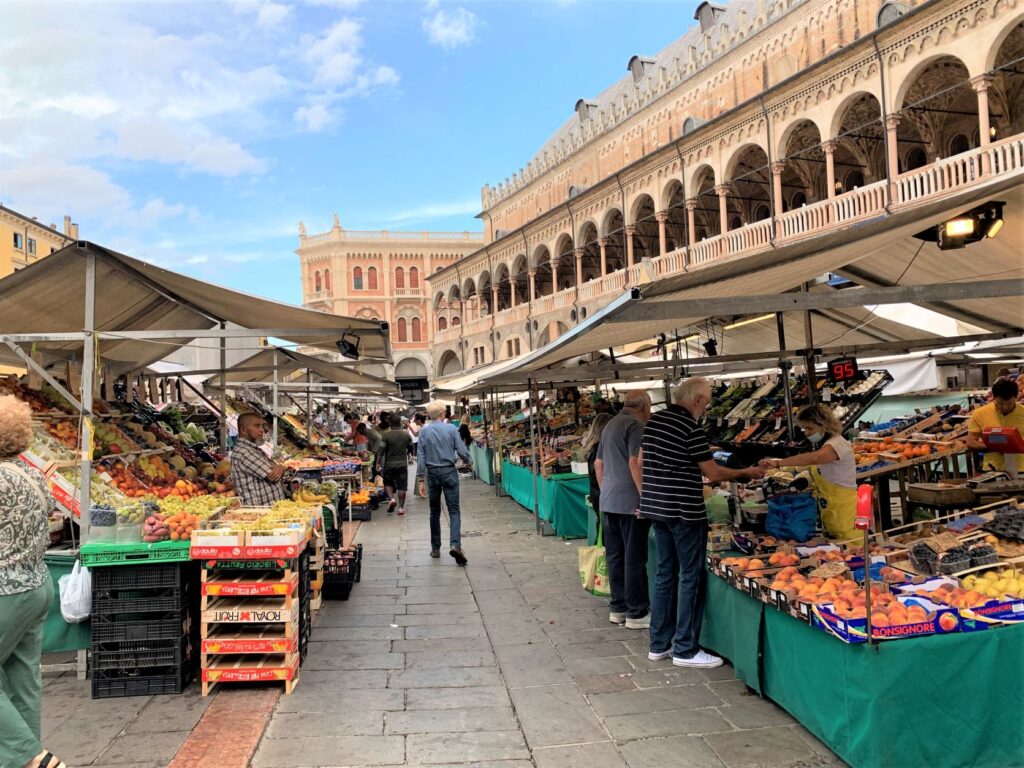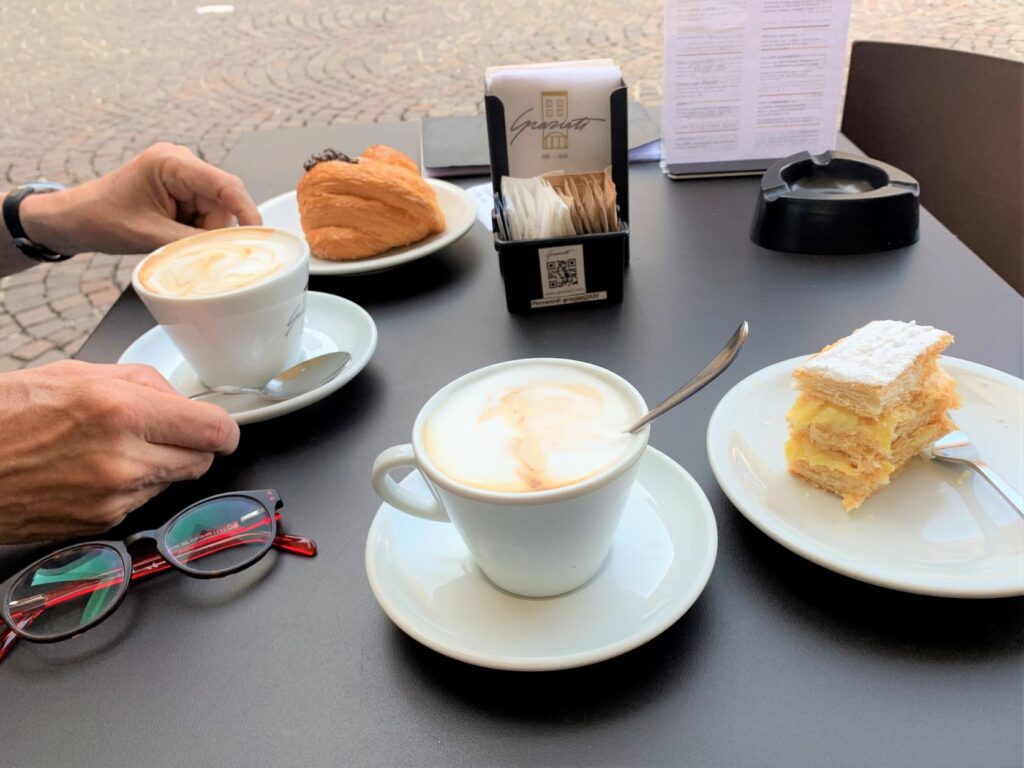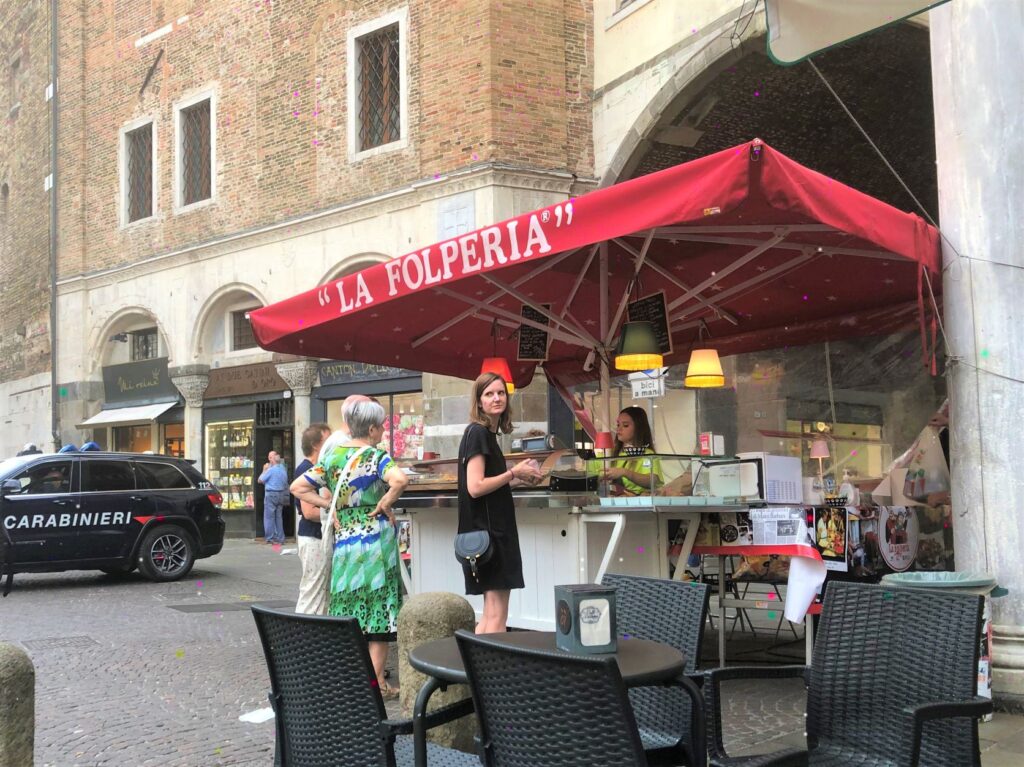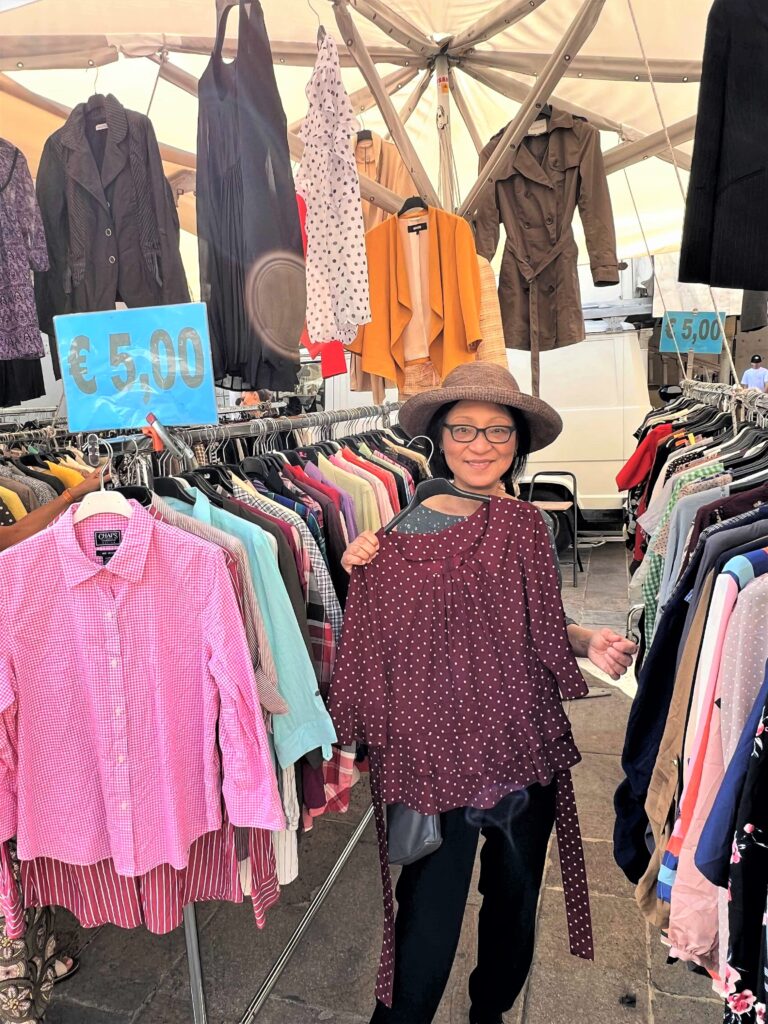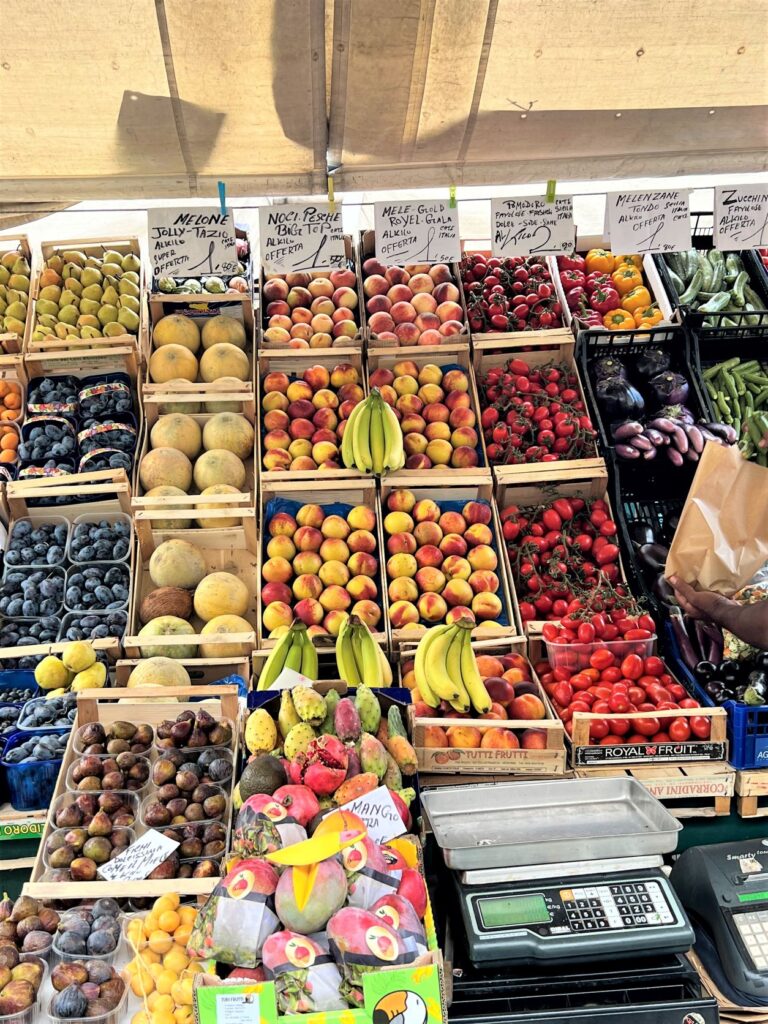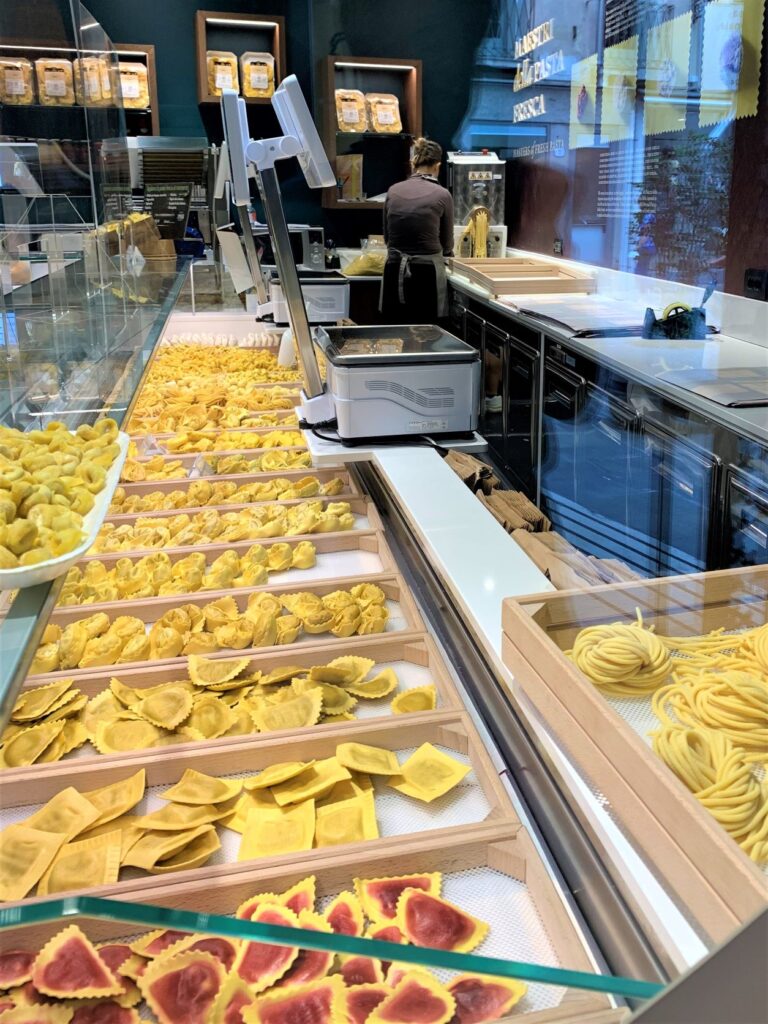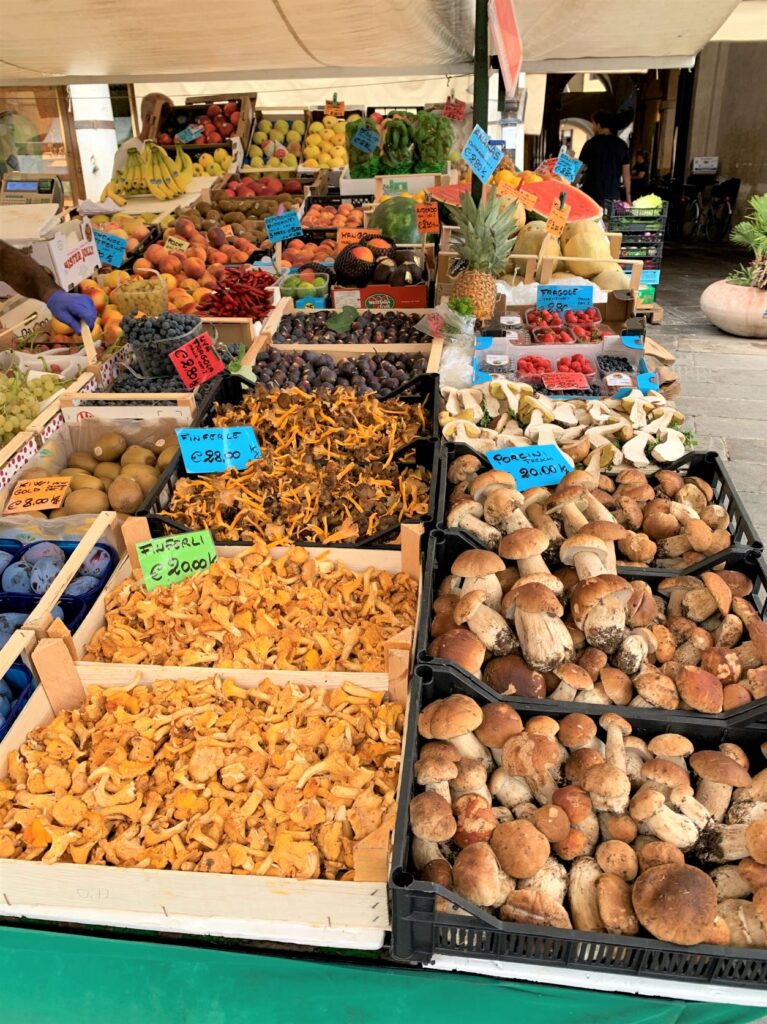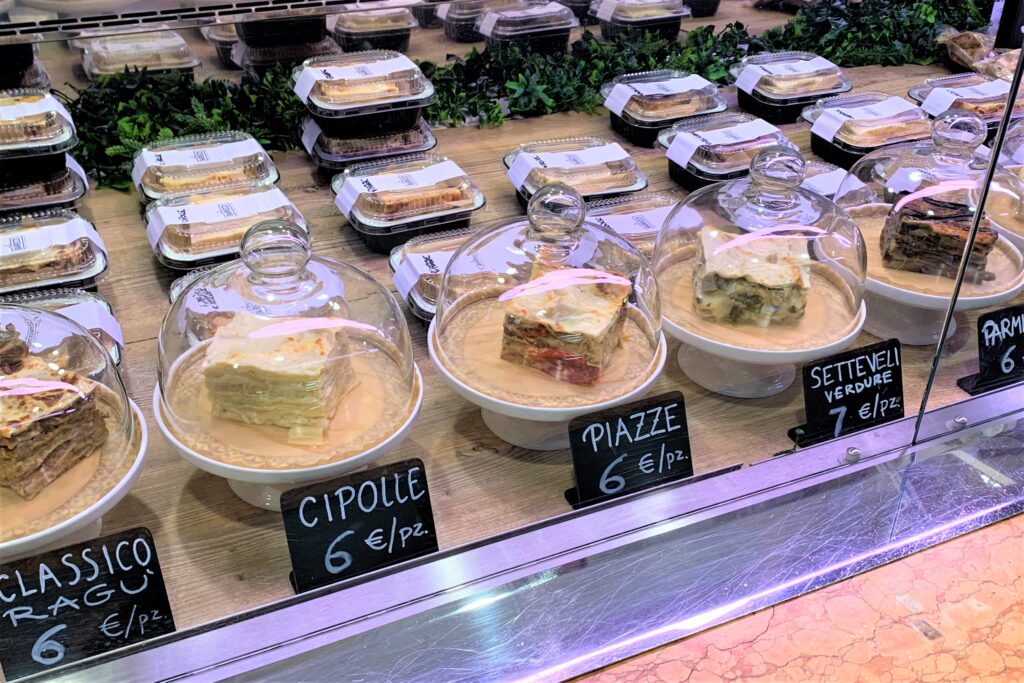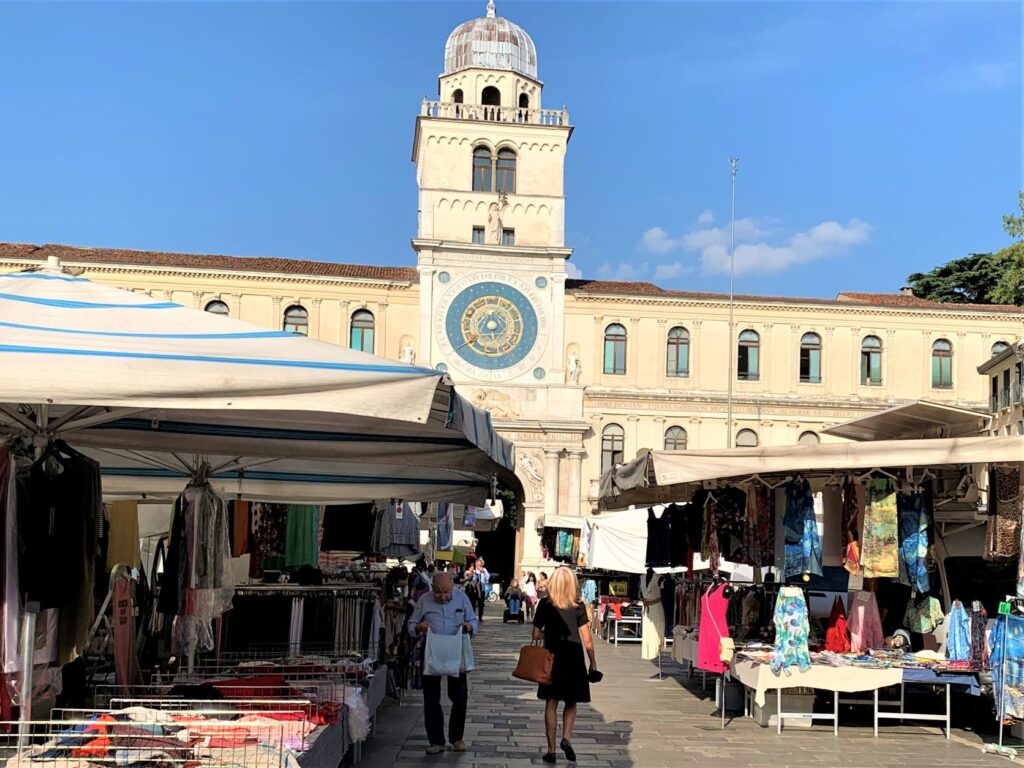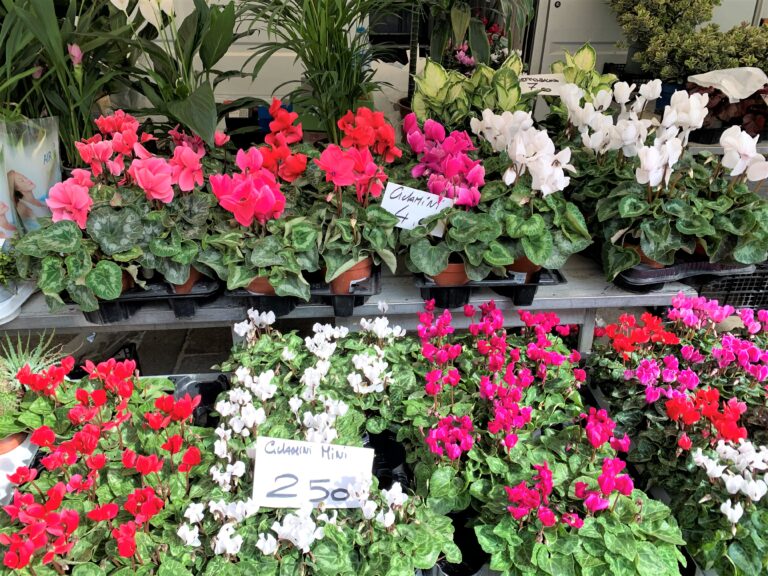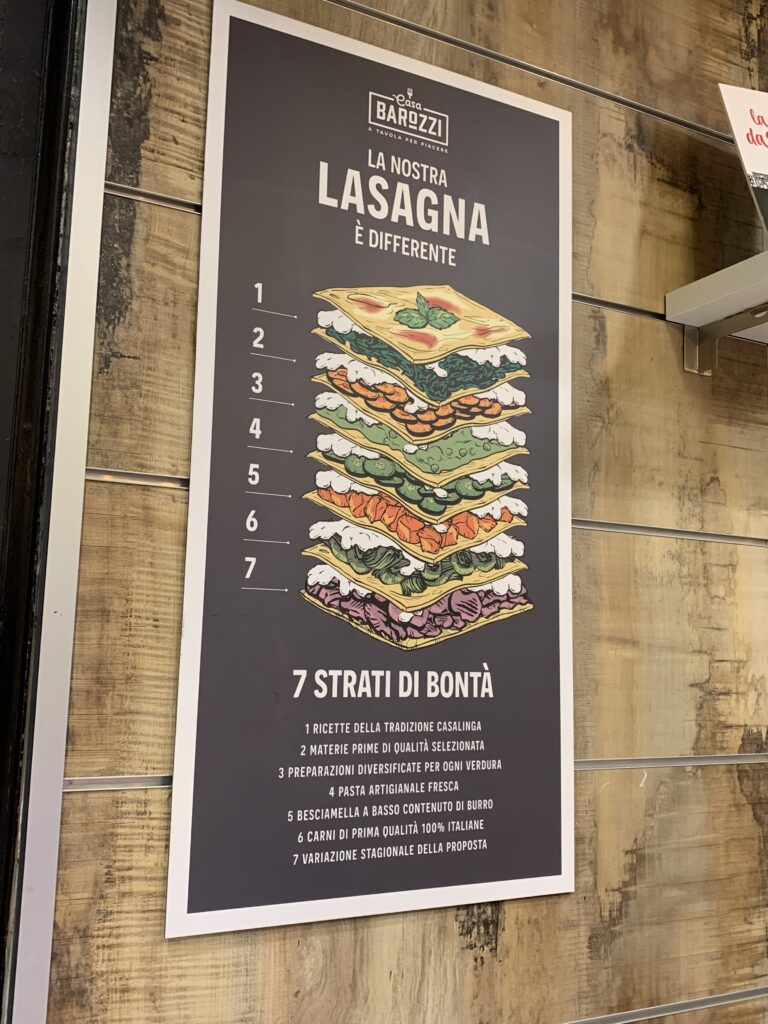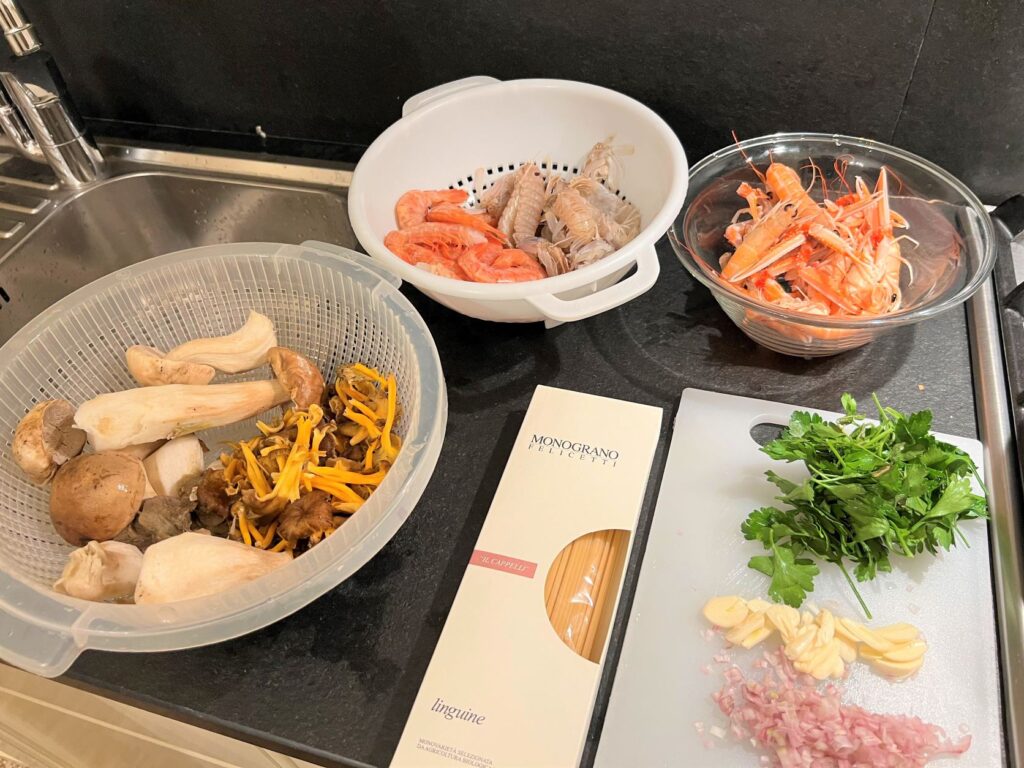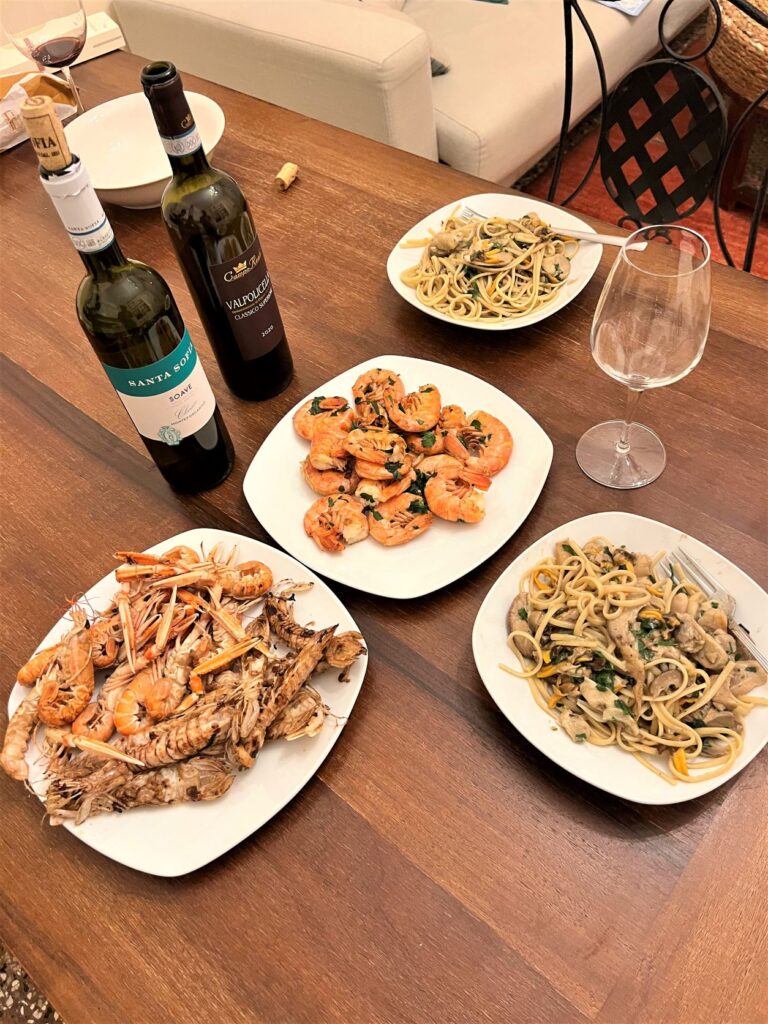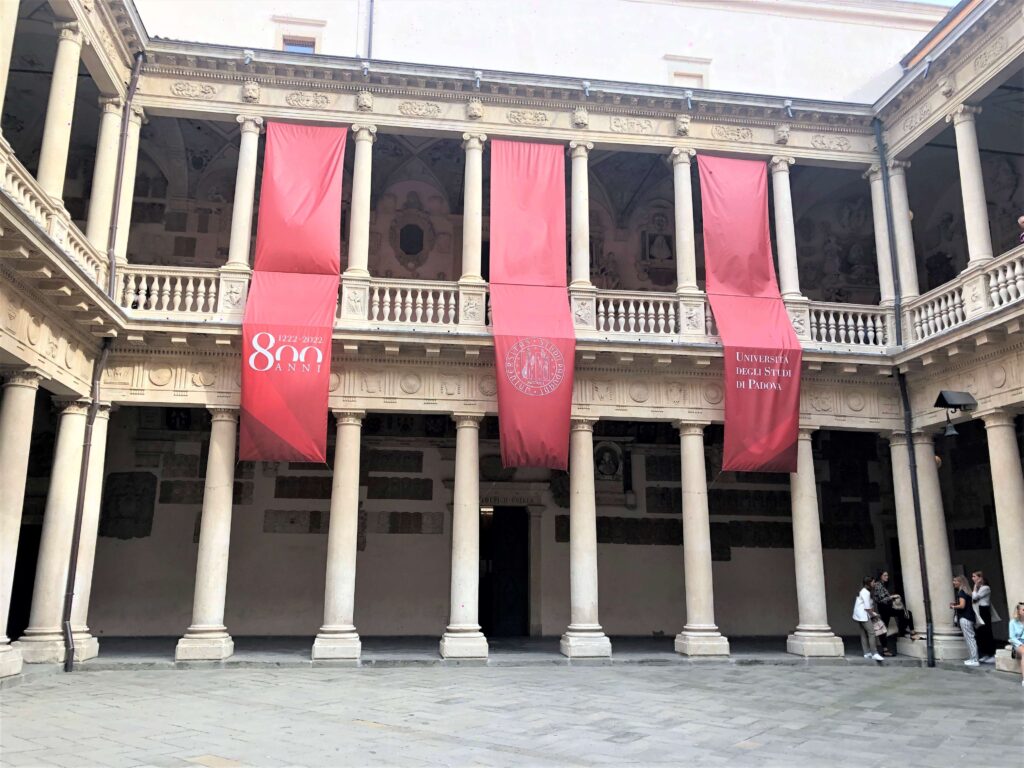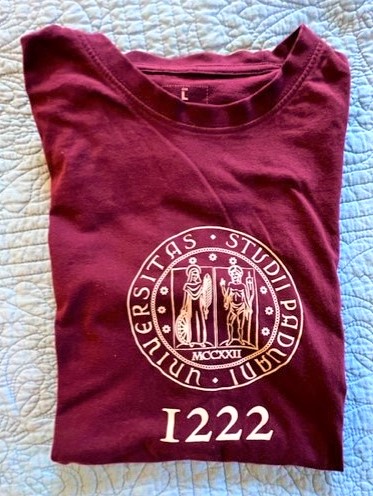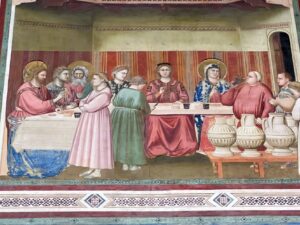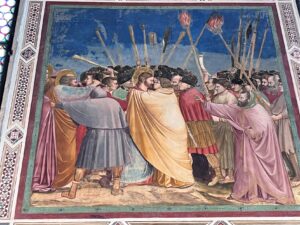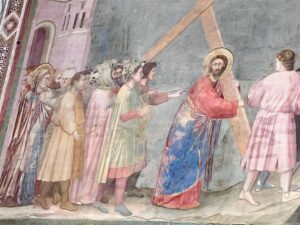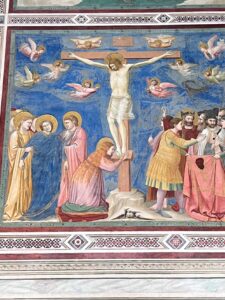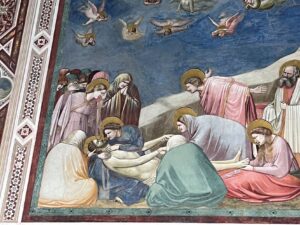padua, italy
Padua is located along the main railroad line through Italy’s Veneto region, which makes it a great home base for day trips to Venice. It is also a short trip in the other direction to Romeo & Juliet’s Verona. After seeing what Padua has to offer, however, you’ll want to spend most of your time in this college town that was the setting for another Shakespeare play, The Taming of the Shrew.
While non-Italians call it Padua (PAH-dyoo-uh), locals know it as Padova (PAH-doh-vah). But no matter the pronunciation, it translates as a delightful, lively and welcoming place where you can easily live like a local for a week.
The welcoming vibe comes in part from a spirited student population of the University of Padua, which just celebrated its 800-year anniversary. But numerous markets, cafés, sophisticated shops, museums and vast cathedrals welcome not just students, but locals, art lovers, religious pilgrims and the rest of us to experience all its charms.
Padua is a 40-minute train ride from Venice, and 45 minutes in the other direction from Verona.
A taxi or trolley from the train station will take you to the old town where the main places of interest are all within walking distance.
Get to Know These Three Piazzas
Like most Italian cities, Padua has a generous number of piazzas, those outdoor public squares that foster community and provide opportunities for eating, drinking, shopping and people watching. In many ways they are the beating heart of an old town, just as Piazza della Frutta, Piazza delle Erbe and Piazza dei Signori (with its iconic clock tower) are to Padua’s historic center.
When the weather is nice, restaurants set up tables in the vast open areas for al fresco lunches and dinners, attracting a mix of college students, professionals and other locals.
Every Day is Market Day
Every morning the three piazzas fill with fresh produce stalls (Frutta and Erbe) and clothing accessories (Signori). Midway between them is Palazzo della Ragione with its own covered market of meats, seafood, cheeses, pasta and prepared meals. Together they comprise one of the largest markets in Europe.
Of course, the clothing stalls in Piazza dei Signori won’t remind anyone of the fashion district in Milan, but where else can you find that perfect blouse for only 5 euros?
And You Thought Harvard was Old
Guided tours are available at the University of Padua, which has about 60,000 students and was founded in 1222.
Knowing that Copernicus and Galileo are among its former scholars, I doubt my SAT scores would qualify me to enroll . . . but I was allowed to buy a T-shirt.
Take 15 Minutes to View the Giotto Frescos
The artworks at the Basilica of Saint Anthony, Padua’s largest cathedral, are worth a visit. But a must-see for art lovers is Strovegni Chapel, the UNESCO cultural heritage site that is home to the famous collection of Giotto frescoes.
Completed in 1305, the frescoes portray a narrative of the lives of Mary and Jesus. With the use of shading and new color pallets, and by showing the expressed emotions and gestures of the human figures in three-dimensional space, Giotto pioneered a “new realism” in what is regarded as one of the great artistic achievements in western art.
After watching an introductory film, small groups are given 15 minutes to view the frescos inside the intimate chapel.
- After two days in Venice we arrived by train and checked into our place in the old town which was a
3-minute walk to Piazza delle Erbe. Although there is a trolley that stops at several strategic locations, we found the town easily walkable and never used it. - We began each morning shopping at the markets and relaxing at a café. One day we had lunch at
Caffé Pedrocchi, one of the most historic cafés in Europe, and made sure to order their famous “Pedrocchi Coffee.”
- A sampling of the many shopping options we found in the town included high-end fashion boutiques as well as discount shoe stores; clothing and accessories for young professionals and hip establishments selling jeans and funky sneakers. Happily, there was also a good selection of gelato shops to investigate.
- For dinner out one evening we found a menu we liked at one of restaurants setting up in Piazza dei Signori, and dined outside under the stars and the clock tower
- Reserving timed tickets for Strovegni Chapel is recommended, and we did that well in advance. Seeing the Giotto frescoes was definitely a highlight of our visit.
- On a tip, we circled back to Piazza delle Erbe one afternoon to find La Folperia, a pop-up food stand specializing in mini plates of octopus and squid that is popular with the locals. Once they finished setting up, we bought several items, and the waitress at an adjacent café let us sit at one of their outdoor tables with our seafood as long as we purchased something from the bar.
- Late one evening we were about to call it a day when we decided to wander into the Basilica of Santa Giustina which was still open. Inside, to our surprise, were a dozen Benedictine monks chanting in the choir, apparently rehearsing for an upcoming service. Sitting in a pew in that huge and nearly empty cathedral while listening to those pious, impassioned voices was the perfect ending to a perfect day in Padua.
Our Live-Like-a-Local Criteria Rating:
We hope one day you get to “live like a local” in this town or another one like it.
For more on Padua, go here.
